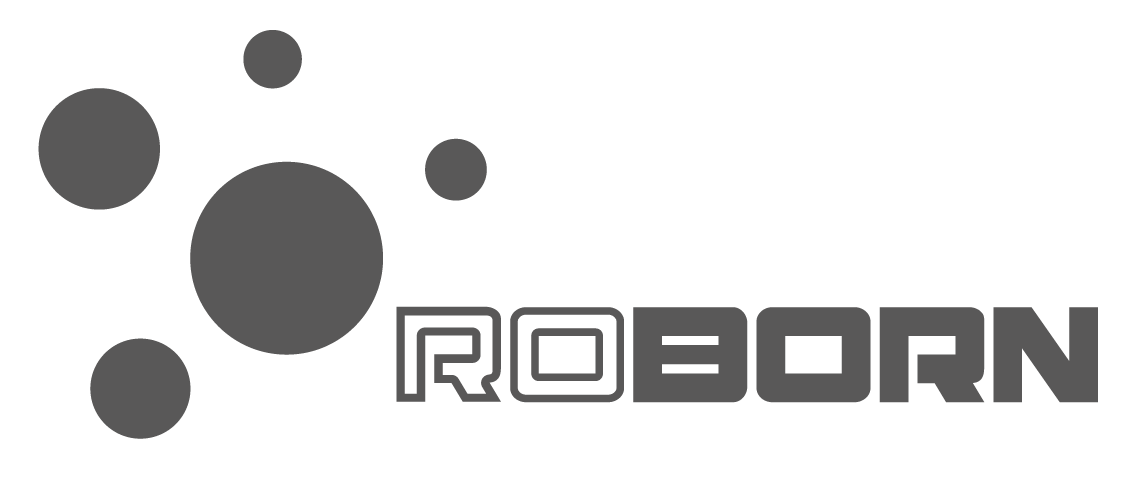Roborn, a Hong Kong-based startup, believes that technological applications must not only be “grounded” but also market-sensitive, integrating current core technologies to enhance industry productivity. At the end of January this year, seeing the Hong Kong government’s use of containment strategies to combat the COVID-19 pandemic, the company quickly developed the PEP3000, a temperature-monitoring robot, which was promptly adopted by several government departments, including the Electrical and Mechanical Services Department, Transport Department, and Fire Services Department. Additionally, Roborn participated in a new initiative led by the Hong Kong government and the Hong Kong Trade Development Council to promote local tech products in the ASEAN market.
Founded in 2017, Roborn partnered with telecom giants ZTE and China Mobile in 2018 to launch the first 5G motion-controlled bionic robot in mainland China. The robot, powered by 5G, allows operators to control it remotely with near-synchronous precision and can be applied in industries such as medical, industrial, and smart living. Since then, Roborn’s 5G robots have been showcased in mainland China, Hong Kong, and Belt and Road countries to demonstrate the potential of 5G applications.
Co-founder and CEO Larry Poon emphasizes the importance of market sensitivity, describing the company’s approach as “Techanization™.” This involves integrating Roborn’s technology with core technologies like 5G, AI, robotics, IoT, and cloud computing to improve productivity across industries. Over the past two years, Roborn has been implementing this “Techanization™” approach, integrating AI into 5G robots to assist in industrial upgrades and increase efficiency. For example, companies with multiple factories often rely on human quality assurance (QA) inspectors. However, during the recent pandemic, QA managers couldn’t be on-site, but a 5G robot could autonomously approach the production line and provide real-time inspection through its camera, making it seem as if the manager were physically present. Management can even use video conferencing software to remotely discuss production processes.
The next issue will introduce another Roborn robot that has been instrumental during the pandemic.
Source: 頭條日報

-2-owy7s45ys514q9289gm1dosnntjl181eojglq9bbc8.jpg)